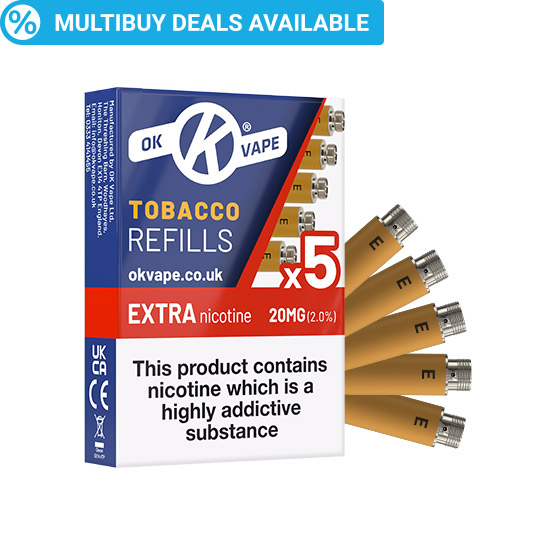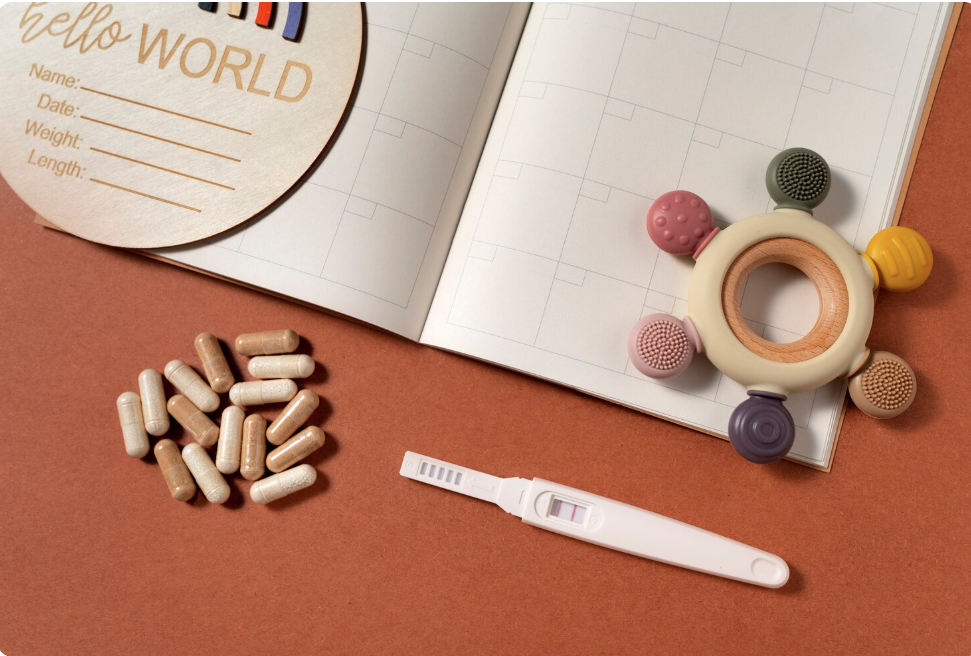In the ever-evolving landscape of manufacturing, safety remains a paramount concern. As industries strive to enhance productivity and efficiency, they must also address the critical need for worker safety and equipment protection. One notable innovation in this regard is the Pressure Containment Safety Curtain, a crucial advancement designed to mitigate risks associated with high-pressure environments and enhance overall operational safety.
Understanding Pressure Containment Safety Curtains
Pressure Containment Safety Curtains are specialized barriers engineered to manage and contain high-pressure conditions within manufacturing environments. These curtains are constructed from robust, high-performance materials that can withstand significant pressure variations, thereby preventing potential hazards related to pressure fluctuations. Their primary function is to provide a protective barrier that contains pressure-related incidents, safeguarding both personnel and machinery.
Benefits of Implementing Pressure Containment Safety Curtains
1. Enhanced Worker Safety
The foremost benefit of Pressure Containment Safety Curtains is their ability to significantly enhance worker safety. In manufacturing settings where high-pressure processes are prevalent, the risk of accidents and injuries due to pressure leaks or sudden bursts is substantial. By deploying these curtains, manufacturers can effectively contain any pressure-related incidents, thus minimizing the risk of exposure to hazardous conditions for their workforce.
2. Equipment Protection
Manufacturing equipment is often susceptible to damage from pressure surges and leaks. Pressure Containment Safety Curtains help mitigate this risk by providing a controlled environment that contains pressure fluctuations. This containment reduces the likelihood of equipment malfunctions and extends the lifespan of costly machinery, thereby contributing to overall operational efficiency and cost savings.
3. Operational Efficiency
The use of Pressure Containment Safety Curtains can lead to improved operational efficiency. By maintaining a controlled pressure environment, manufacturers can optimize their processes and reduce downtime caused by equipment failures or safety incidents. The curtains also help in maintaining consistent pressure levels, which is crucial for the precision and quality of many manufacturing operations.
4. Regulatory Compliance
Adhering to safety regulations and standards is a critical aspect of manufacturing operations. Pressure Containment Safety Curtains assist companies in meeting regulatory requirements related to pressure management and safety. By implementing these curtains, manufacturers demonstrate their commitment to maintaining a safe working environment and complying with industry standards, thus avoiding potential fines and legal repercussions.
5. Versatility and Customization
Pressure Containment Safety Curtains are highly versatile and can be customized to fit various manufacturing environments and applications. They can be tailored to different sizes, pressures, and installation configurations, making them suitable for a wide range of industries, including automotive, aerospace, and pharmaceuticals. This adaptability ensures that manufacturers can implement effective pressure containment solutions regardless of their specific operational needs.
6. Ease of Maintenance
Maintaining a safe working environment requires ongoing vigilance and upkeep. Pressure Containment Safety Curtains are designed with ease of maintenance in mind. Their materials are durable and resistant to wear and tear, reducing the need for frequent replacements. Additionally, the curtains can be easily cleaned and inspected, ensuring that they continue to perform effectively over time.
7. Cost-Effectiveness
Investing in Pressure Containment Safety Curtains is a cost-effective solution for managing high-pressure environments. While the initial investment may seem significant, the long-term benefits far outweigh the costs. By preventing equipment damage, reducing downtime, and enhancing worker safety, these curtains contribute to substantial cost savings and overall operational efficiency.
Conclusion
As manufacturing continues to advance, the need for innovative safety solutions becomes increasingly critical. Pressure Containment Safety Curtains represent a significant step forward in managing the challenges associated with high-pressure environments. By enhancing worker safety, protecting equipment, improving operational efficiency, and ensuring regulatory compliance, these curtains offer a comprehensive solution to the complex safety needs of modern manufacturing.
Incorporating Pressure Containment Safety Curtains into manufacturing processes not only aligns with best practices for safety but also demonstrates a commitment to creating a safer, more efficient work environment. As industries continue to evolve, embracing such innovations will be key to achieving both operational excellence and enhanced worker protection.














